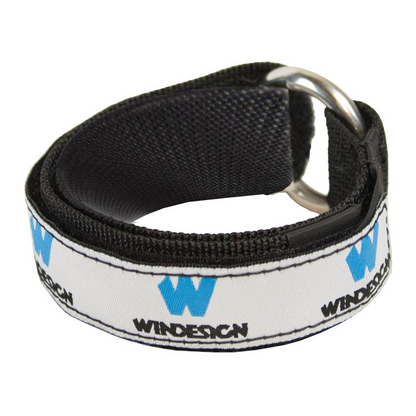


This was devastating psychologically because you just knew that you couldn't hold a lane upwind without a tight leech and once the tightness of a man's leech was in question he lost all confidence and was soon being flushed out of the back of the fleet on every start.īut them some bright spark invented the clew tie-down strap. Because, even though you had used super low-stretch line for the clew tie-down, and even though you had used a double keeper stopper triple overhand square knot to tie down the tie-down, after the first beat you would look at the end of the boom and see that something must have slipped and there was now a quarter of an inch of daylight between the clew of the sail and the boom. Tunnicliffe got the twinkle in his eye, it was pretty well impossible to adjust the outhaul while sailing anyway, so it was a moot point.Īnyway all the trouble that we used to take to tie our clew tie-downs tight, tighter, tightest was, in reality, a total waste of time and effort. Actually in the original version of the Laser rigging, before Mr. Bad news was that if you tied it tight the friction between the silly bit of string, oops I mean "clew tie-down line", and the boom was so great that it would be almost impossible to adjust the outhaul but you can't have everything. Good news was that if you tied it tight you knew you had a tight leech and that was goodness. It could be quite a challenge to tie the silly bit of string, oops I mean "clew tie-down line", through the clew and around the boom a couple of times and then finish it off with a square knot (or reef knot as it's known in the civilized world) with the sail flapping around in 30 knots of breeze and the end of the boom trying to knock your nose sideways. But all the top guys believe it does, so that's good enough for me. This is something to do with leech tension but as I never really understood how sails work in the first place please don't ask me what a tight leech has to do with going fast or pointing high or both. One thing you need to know is that it's always been part of Laser legend and folklore that you have to have the clew tie-down tied as tightly as possible. In the good old days of Laser sailing when Gary Jobson was a lad and Anna Tunnicliffe wasn't even a twinkle in her daddy's eye, we used to tie the clew to the boom with a piece of line inventively known as the "clew tie-down". Before then, all was derigged when we weren't on the boat and they looked fine.One of the fun things about rigging a Laser is attaching the clew of the sail to the boom. But the last two years have been in the California sun, and the velcro suffered. This set lasted from there to the Bahamas, up to the PNW and home to SF, about 6 years. The first ones lasted 5 years, from the Great Lakes to the Chesapeake. The total length of strop (and velcro) is 105" on that one. I think the tearing sound was the velcro, shearing along the rest of the length, without separating. When it let go there was a tearing sound and it slipped, loosening about 6 inches (we were only in about 12 knots true). Interesting thing is when this one failed it did so by abraiding through on the layer against the clew ring, at the turn in the clew ring. Curious how you would cover a strop though - after it is rigged? How? I went from a 9 mm dyneema halyard to a 11 mm dyneema halyard (2:1 at that) and it still stretches. Stuff that isn't supposed to stretch does. Vang load is 7 tons. Clew load is 2 tons. Maybe "nearly a ton" sounds like a lot, but this is a big sail.
#Velcro clew strap how to#
Someone must have a stick idea how to do this that I haven't thought of.

I could sew up a dyneema strop without the velcro, but how to join it into a loop without metal hardware (which will bash and rattle)? I can probably get the length right, but ideally it would be slightly adjustable when installed. Or just duplicate what I have had. I could just lash it with a few turns of dyneema line, but it would look pretty ragged. I suppose a sailmaker should still be able to come up with some? Looking about the web for spectra or dyneema webbing, the only online source is Sailrite with what looks like a lightweight version. This works well, looks decent and tidy, but has a limited life: the velcro does not do well in the sun, and yesterday one layer of the spectra abraided enough that it broke, nearly turning the sail loose. The sail has a ring and the boom has a hole through it just large enough to take the 3 thicknesses of 1" web. For years I have used a length of spectra webbing sewn to velcro, wrapped 3 times around, as the outhaul and downhaul strop on the boom.


 0 kommentar(er)
0 kommentar(er)
